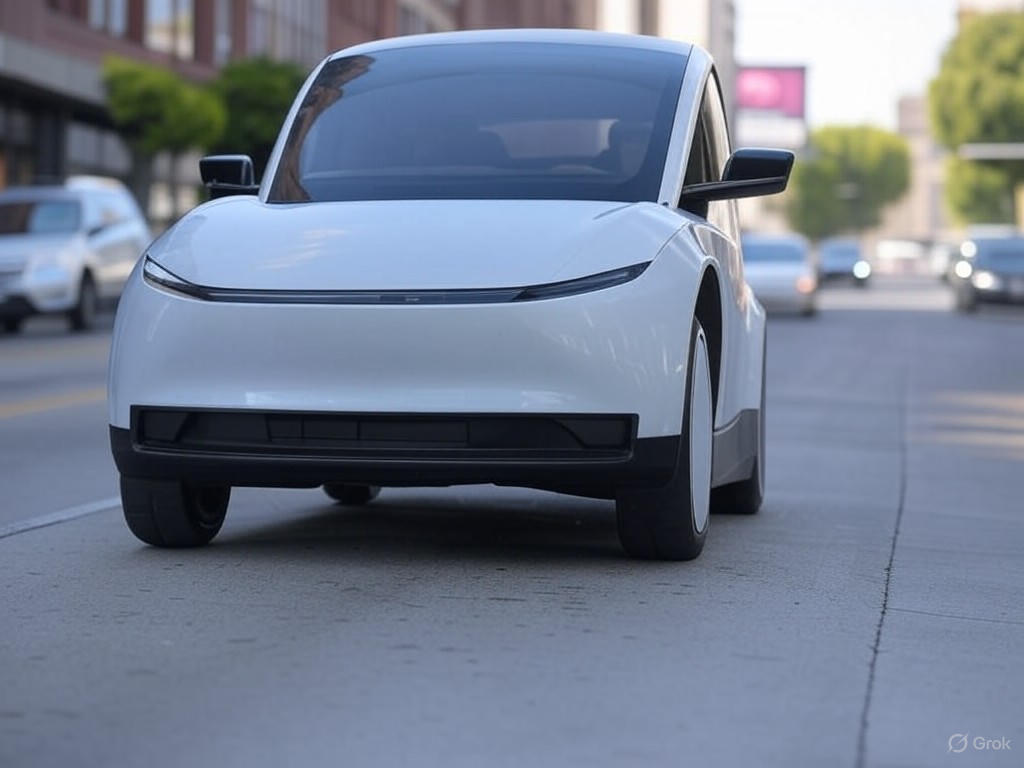Tesla’s Robotaxi Rollout: A Regulatory Wild West
Tesla’s ambitious push into the driverless robotaxi market has sparked both excitement and concern as the electric vehicle giant navigates a landscape with surprisingly little oversight. With plans to transform urban transportation through autonomous ride-sharing services, Tesla is moving full speed ahead, but the absence of robust regulatory frameworks raises questions about safety and accountability. As the company deploys its cutting-edge technology in select cities, many are left wondering if the rules of the road are keeping pace with innovation.
The National Highway Traffic Safety Administration (NHTSA), tasked with ensuring vehicle safety, appears to be lagging behind the rapid advancements in autonomous driving tech. Reports suggest that even before recent layoffs within safety regulatory bodies, the agency struggled to establish clear guidelines for self-driving vehicles. Tesla’s robotaxi service, which relies on its Full Self-Driving (FSD) software, operates in a gray area where federal and state laws are often vague or non-existent. This regulatory gap allows Tesla to test and deploy its fleet with fewer hurdles than might be expected for such a transformative technology. While this freedom can accelerate innovation, it also amplifies risks, as there are limited mechanisms to hold companies accountable for potential failures or accidents.
Critics argue that the lack of stringent oversight could endanger public safety. Autonomous vehicles, while promising to reduce human error on the roads, are not immune to glitches or unforeseen challenges. Tesla’s FSD system has already faced scrutiny for incidents involving misjudgments in complex driving scenarios. Without clear federal standards or mandatory reporting requirements for autonomous vehicle performance, it’s difficult to assess the true reliability of these systems. Meanwhile, state governments are left to patchwork their own rules, creating a fragmented landscape where safety protocols may vary widely from one region to another. This inconsistency could complicate Tesla’s nationwide expansion plans and leave passengers vulnerable to uneven safety measures.
On the flip side, Tesla’s supporters highlight the potential for robotaxis to revolutionize transportation. By reducing the need for personal car ownership and cutting down on traffic congestion, the service could usher in a more sustainable future. The company’s ability to operate with minimal regulatory interference may also give it a competitive edge, allowing faster iteration and improvement of its technology. Elon Musk has repeatedly emphasized his vision of a world where autonomous vehicles dominate, and this regulatory leniency could be the key to making that dream a reality sooner rather than later.
As Tesla forges ahead, the conversation around regulation will only grow louder. Striking a balance between fostering innovation and ensuring public safety is no easy task, but it’s a challenge that policymakers must address urgently. The robotaxi era is dawning, and while Tesla may be leading the charge, the road ahead remains uncertain. Without clearer rules, the promise of autonomous travel risks being overshadowed by preventable pitfalls. Society stands at a crossroads—will we prioritize speed over safety, or can we build a framework that supports both? Only time will tell.


